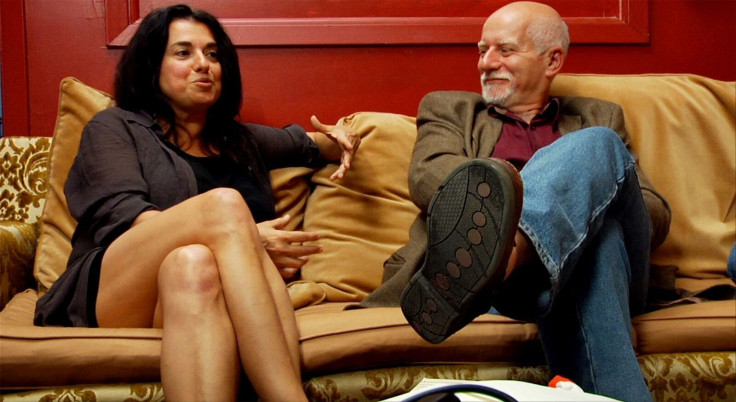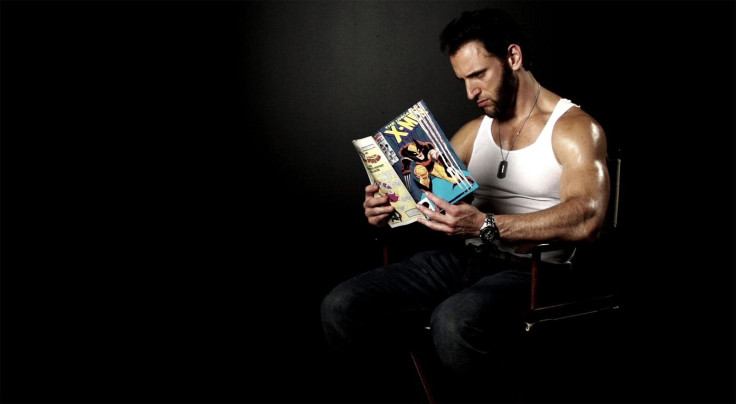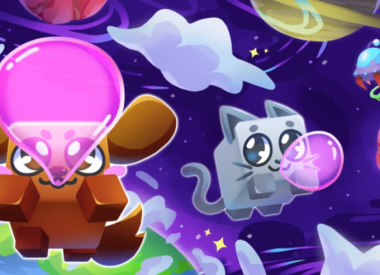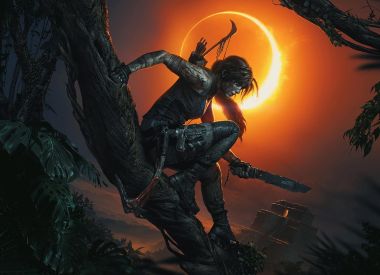Chris Claremont’s run on the X-Men saw the creation and rise of many prominent female characters. But many comic book readers don’t know about the influential role two women at Marvel Comics played in the creative process.
Louise Simonson, affectionately called “Weezie,” and Ann Nocenti edited Claremont’s Uncanny X-Men and New Mutants comics before becoming writers at Marvel themselves. Director Patrick Meaney puts a spotlight on the relationships between the three in the recently re-released documentary, Chris Claremont’s X-Men.
Meaney and Claremont spoke with Player.One about the role of women and female characters in the X-Men books, Simonson and Nocenti’s influence on storytelling, and how his former editors helped him through three decades of comics.
NOTE: the following interview was lightly edited for clarity and length.
In the film, there’s a lot of emphasis on the women in the books and a big spotlight on Louise and Ann’s contributions. Why was it important to include it?
PM: Yea it was unique at the time, and it shows in the film. The more different personalities you can have in the mix, the more conflict or interesting dynamics there are going to be.
Today, we’re excited for the first female superhero movie after, like, 20 movies. But in the 70s, there were such great characters and stories being told. Being able to hear from Louise and Ann, it’s a perspective you don’t hear as much. If you read the comics that Ann edited, you can see the impact and the way the stories changed, and how she pushed Chris in different directions in an interesting way.
CC: That’s what an editor’s job is. Every time I felt like I had no story, Louise would sit there and go “well, how about this or this or this?” And she would toss all the loose ends I’ve been scattering around the previous year back at me, and I’d go, “Oh yea! I can do that and we can do this and that.” To me, that’s the synergy a creative team needs. The editor is there to just poke the writer in the right direction, and have faith that the writer can come up with it. Because you’re in the weeds and the editor is not. And Ann did it, Louise did it, Archie Goodwin could do it without batting an eye. That’s what makes editors so good, and so vital, to the creative process in any periodical like this.

PM: I produced [Chris Claremont’s X-Men] with Marisa Stotter, and we interviewed a lot of female comic creators and fans. It was amazing how many people, 80 percent maybe, whose first comics they got into were X-Men comics. It makes sense because they were great characters that you are now just seeing in media. And obviously it was a great movie and justified to freak out about Wonder Woman, but these stories were being told in comics for many years.
CC: One of the things that I’m most proud of, was that a third of our audience were female. I wanted to get that up another 15 percent so we can at least be 50/50. If you want girls and women to read the books, you have to give them icons that speak to them and are recognizable, if nothing else. Then put them through hell just like you do with the guys.
I know too many cool women, and why can’t they have fun too? It seemed like the most natural thing in the world to me. Still does.
What’s the importance of powerful female characters in today’s political climate? Is it more important now that the X-Men embody those ideals?
CC: I wouldn’t restrict it to the X-Men. I would say that everyone should embody that. I would also say things are getting better when I see women more in the forefront of the superhero dynamic. Why is Black Widow the only woman in the Avengers? Now we have Black Widow and Scarlet Witch, but it's been a very gradual evolution. I’ll feel things are getting better when you can build an exciting, dynamic X-Men film or television arc around Ororo or around Kitty or around Rogue as well as around Cyclops or Legion or Captain America.
You shouldn’t have to worry about “well, we have to have four guys and three girls.” You find the right character and the right story and you just go for the fences. If you’re going to have someone spend 150 million dollars to make the damn film, and you want to have sufficient audiences to justify that investment, then make it worth a year’s worth of work you’re putting into it. That has to start with a damn good story and good characters to build it around and that’s the writer's responsibility. That's the easiest, cheapest expense of the whole equation and many times that's the one thing that doesn’t seem to be attended to quite as seriously as it should.

PM: Upon reading Chris’ books at a young age, that was always normal to me. I never thought it was strange to have people of different ethnicities and to have women as powerful characters. It’s not strange. Why wouldn’t you have this?
CC: But that’s the world. All you have to do for inspiration is to walk around New York City. Look at the people on the street, on the tube. Bingo! There’s more cultural variations, more conflict more interest, more excitement than you can come up with in years. So you take notes, put the pieces together and if you’re lucky, a story comes out. And if you can put that on paper and give the visuals to the right artist, in the right frame, you can make the audience get up and say, wow, these are people I know, these are people I recognize in their behavior. Or, even better, these are people I would love to meet, this is a world I would love to be a part of. This is a culture I would love to share. That’s the magic you can do in a comic, if it’s done right.
Chris Claremont’s X-Men is available now on VOD.


















